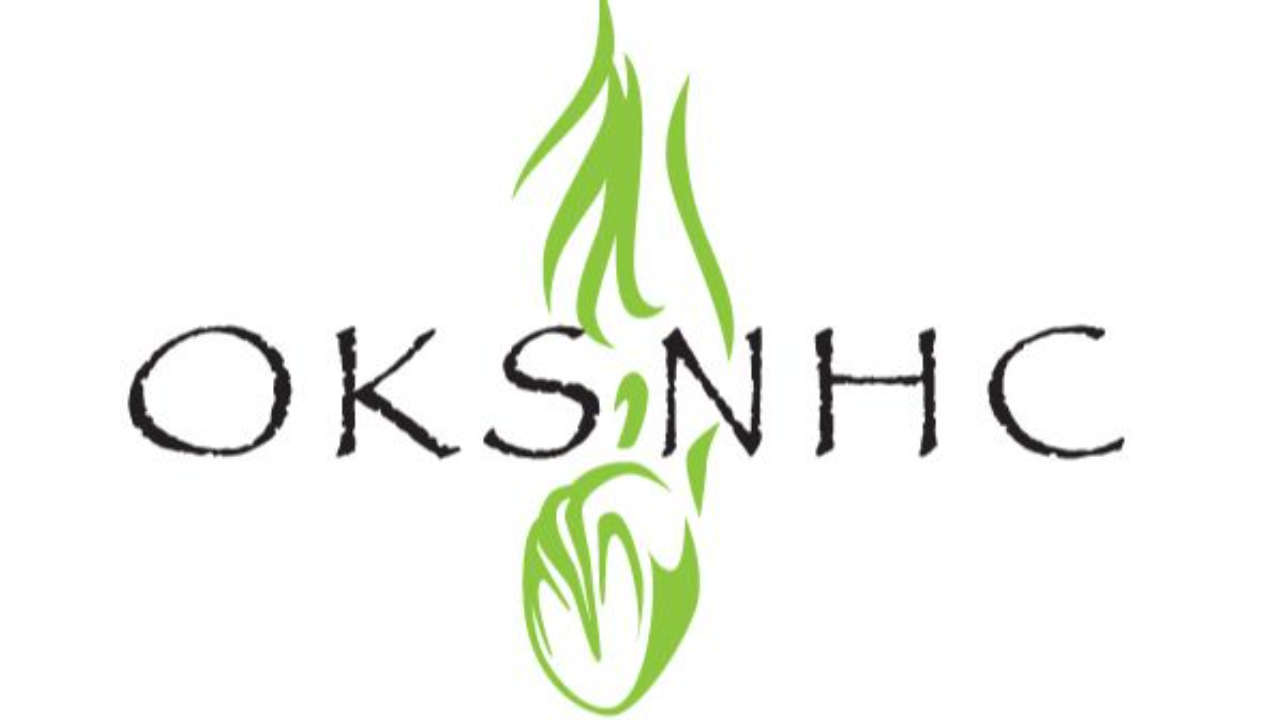Bridging the gap between Barefoot and Shod
Oct 01, 2014
Published in Saddle Up Magazine October 2014
“Natural is always barefoot, but barefoot is not always natural.”
When I started my journey as a hoof care professional, I strived to learn all that I could, and to always keep the horses' best interest at heart. I called myself a barefoot trimmer, because I was adamantly opposed to the use of shoes on horses. The benefits of barefoot are many, but the most important are: increased circulation and flexion of the hoof and increased dissipation of impact forces during movement. As I started to trim professionally and see a variety of horses, I was very concerned with the unhealthy hooves I was finding. It wasn't that the shoes were ruining the hooves, but rather it was the distorted hooves under the shoes that was the problem. If the hooves were healthy to begin with, perhaps they wouldn't need a shoe for comfort. The shoe was simply a tool used to keep the horse comfortable while his hoof was perpetually distorted. I began to specialize in horses with distorted feet that relied on shoes for soundness. I pulled their shoes and rehabilitated their hooves so that they could be barefoot. This worked well for many of the horses I saw, but still a few went back to shoes as they could not cope barefoot. I was doing what I could to rehabilitate their hooves, but it left them with no hoof protection, weak hooves, and unsound for riding. Horses that were able to be used before were now sitting in their paddocks. Surely there was a better way to transition them to healthier hooves without the discomfort? I began to look at alternative hoof protection in the form of hoof boots. There are some very good boots on the market built for all kinds of riding and comfort. And while boots work great for many horses that need added protection, they don't work for them all, and not all owners have the time or desire to use them. This is where shoes become a useful tool. However, there are drawbacks to the metal horseshoe. It is too rigid, taking away the flexibility of the hoof, and without the expansion and contraction during movement circulation is reduced. The shock absorbing properties of the hoof are minimized and added stress is put on the joints and muscles. It does not seem natural to me given these drawbacks to put a metal shoe onto a hoof. But there is a product on the market that is the best of both worlds. It is a flexible plastic shoe that provides the needed protection for some horses, while still allowing the natural movement of the hoof. These shoes are a great tool to use while transitioning horses bare, or for horses that cannot adapt to being barefoot in their environment or circumstance. I can no longer say that I am a barefoot trimmer as I routinely put these shoes and boots on horses that need added protection. They are not barefoot, but they do have a natural hoof working for them with all the advantages. It truly is working for the horse when you can go outside of your comfort zone to seek what is in their best interest. Hoof care professionals need to work together to educate and learn from each other. Regardless of what we call ourselves: natural trimmers, farriers or barefoot advocates, we all have the same goal; comfort and soundness for the horse.
